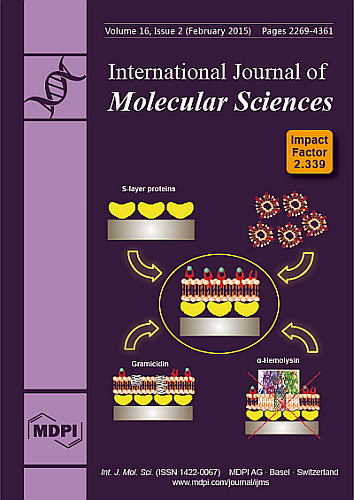1
Department of Infectious Diseases, Copenhagen University Hospital, 2650 Hvidovre, Denmark
2
Clinical Research Centre, Copenhagen University Hospital, 2650 Hvidovre, Denmark
3
Copenhagen Hepatitis C Program (CO-HEP), Department of Infectious Diseases and Clinical Research Centre, Copenhagen University Hospital, Hvidovre and Department of International Health, Immunology and Microbiology, Faculty of Health Sciences, University of Copenhagen, 2100 Copenhagen, Denmark
4
Department of Clinical Medicine, Faculty of Health Sciences, University of Copenhagen, 2100 Copenhagen, Denmark
5
Department of Gastroenterology, Køge Hospital, 4600 Køge, Denmark
6
Department of Infectious Diseases, Hillerød Hospital, 3400 Hillerød, Denmark
7
Diagnostic Center, Silkeborg Regional Hospital, 8600 Silkeborg, Denmark
8
Department of Infectious Diseases, Odense University Hospital, 5230 Odense, Denmark
9
Department of Gastroenterology and Department of Clinical Biochemistry, Section for Molecular Diagnostics, Aalborg University Hospital, 9100 Aalborg, Denmark
10
Department of Medicine, Kolding Regional Hospital, 6000 Kolding, Denmark
11
Department of Infectious Diseases and Rheumatology, Copenhagen University Hospital, Rigshospitalet, 2100 Copenhagen, Denmark
12
Department of Hepatology, Copenhagen University Hospital, Rigshospitalet, 2100 Copenhagen, Denmark
13
The DANHEP group (see Appendix 1)
add
Show full affiliation list
remove
Hide full affiliation list
Abstract
Genetic variation upstream of the apoptosis pathway has been associated with outcome of hepatitis C virus (HCV) infection. We investigated genetic polymorphisms in the intrinsic apoptosis pathway to assess their influence on sustained virological response (SVR) to pegylated interferon-α and ribavirin (pegIFN/RBV) treatment
[...] Read more.
Genetic variation upstream of the apoptosis pathway has been associated with outcome of hepatitis C virus (HCV) infection. We investigated genetic polymorphisms in the intrinsic apoptosis pathway to assess their influence on sustained virological response (SVR) to pegylated interferon-α and ribavirin (pegIFN/RBV) treatment of HCV genotypes 1 and 3 infections. We conducted a candidate gene association study in a prospective cohort of 201 chronic HCV-infected individuals undergoing treatment with pegIFN/RBV. Differences between groups were compared in logistic regression adjusted for age, HCV viral load and interleukin 28B genotypes. Four single nucleotide polymorphisms (SNPs) located in the B-cell lymphoma 2-like 1 (
BCL2L1) gene were significantly associated with SVR. SVR rates were significantly higher for carriers of the beneficial rs1484994 CC genotypes. In multivariate logistic regression, the rs1484994 SNP combined CC + TC genotypes were associated with a 3.4 higher odds ratio (OR) in SVR for the HCV genotype 3 (
p = 0.02). The effect estimate was similar for genotype 1, but the association did not reach statistical significance. In conclusion, anti-apoptotic SNPs in the
BCL2L1 gene were predictive of SVR to pegIFN/RBV treatment in HCV genotypes 1 and 3 infected individuals. These SNPs may be used in prediction of SVR, but further studies are needed.
Full article






